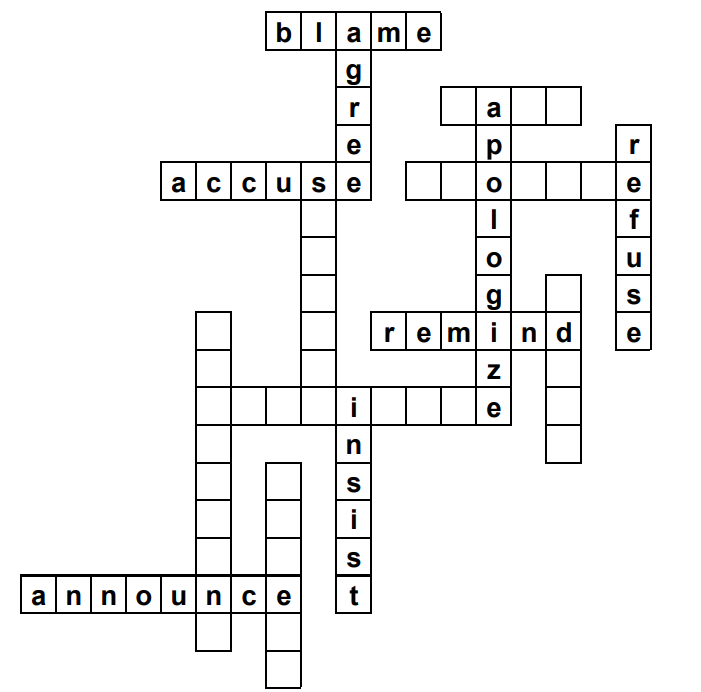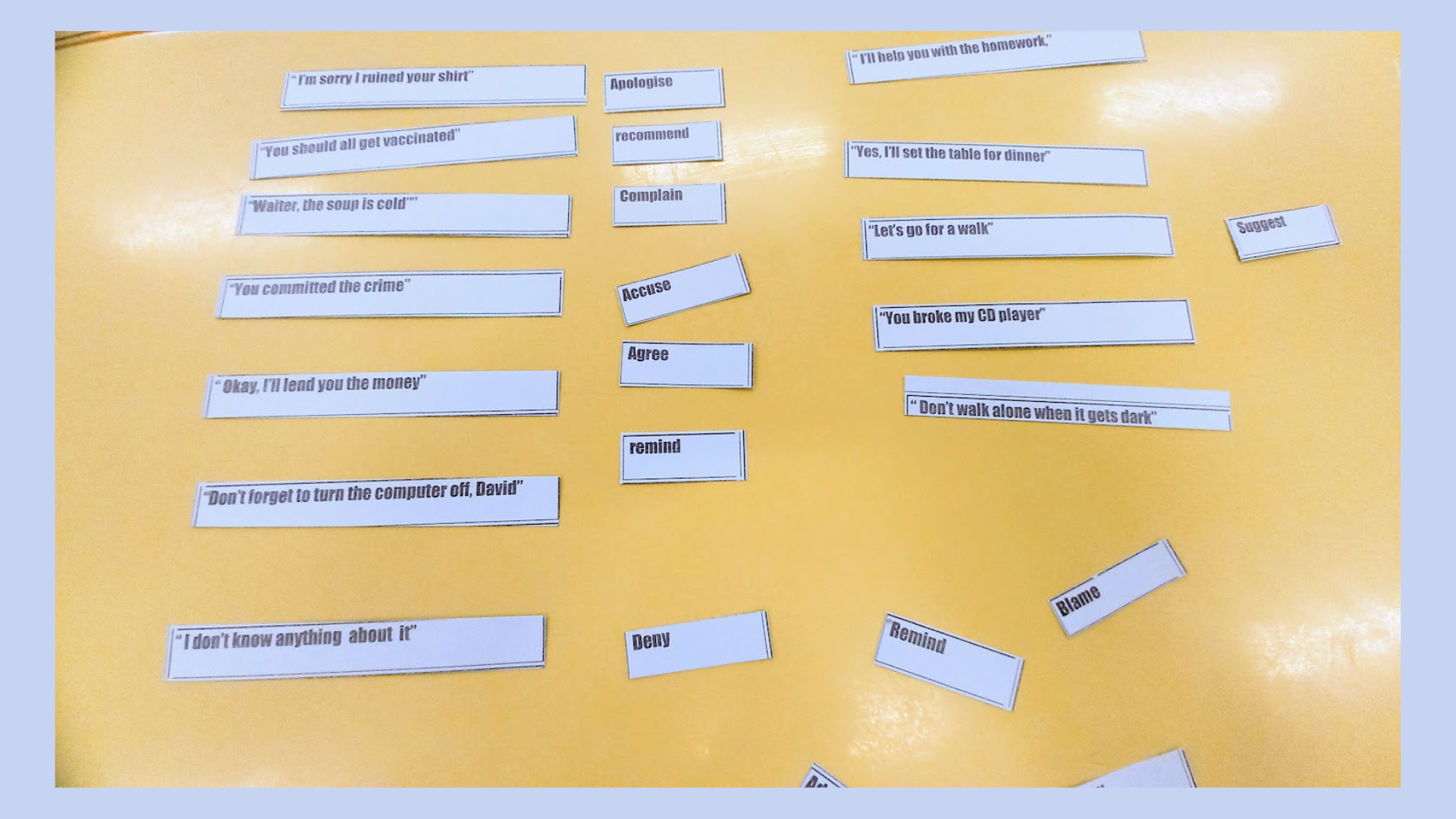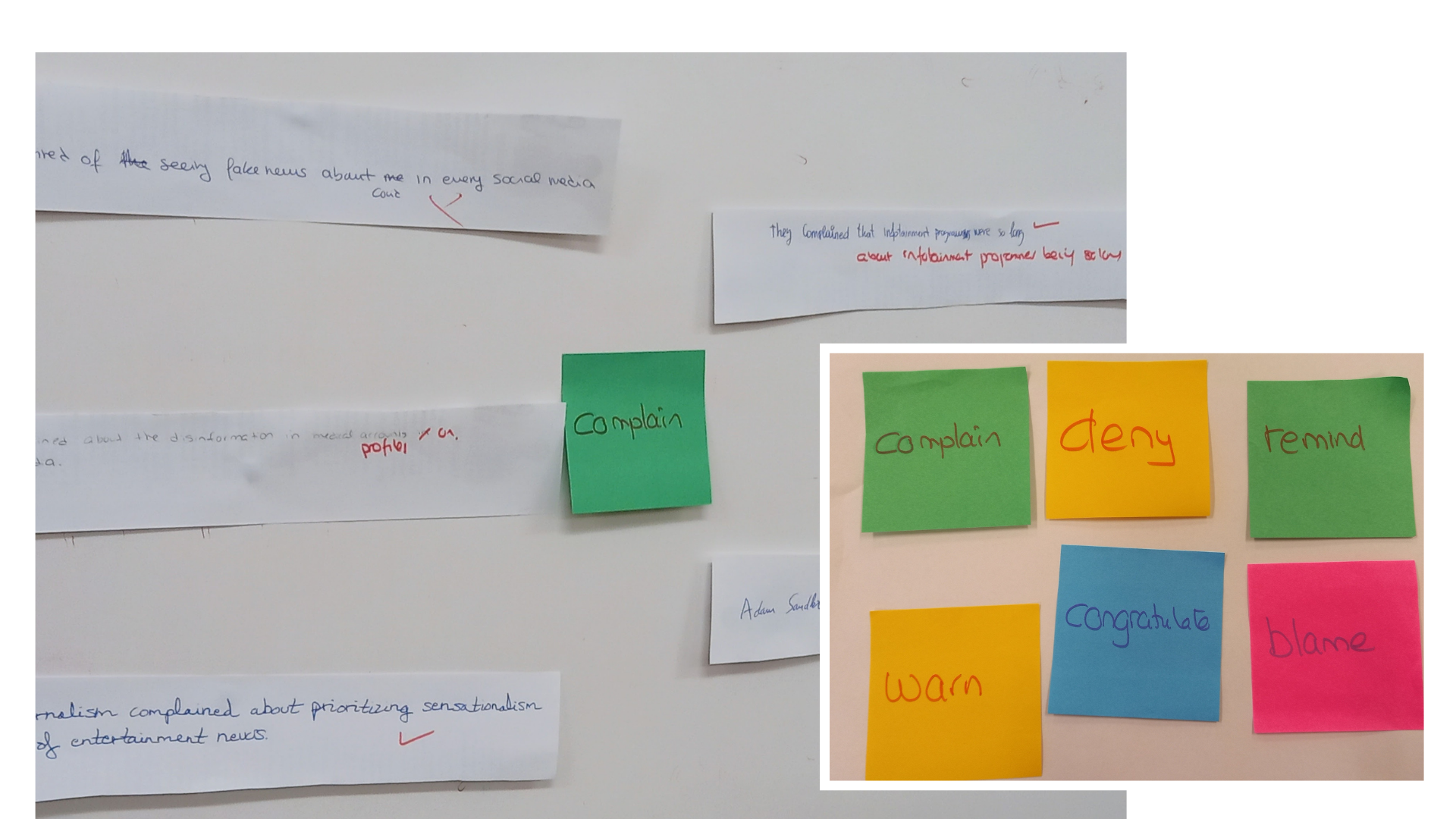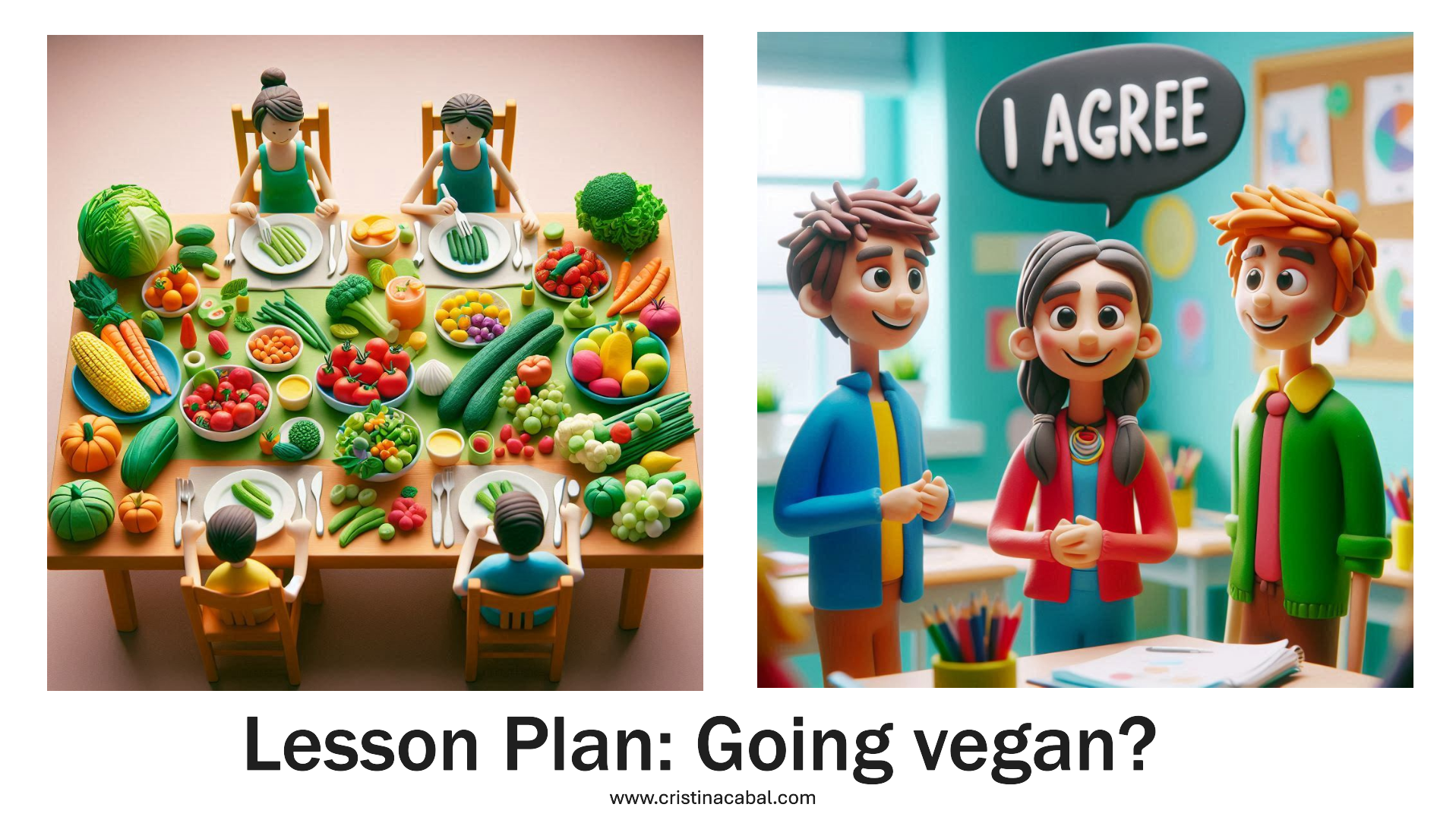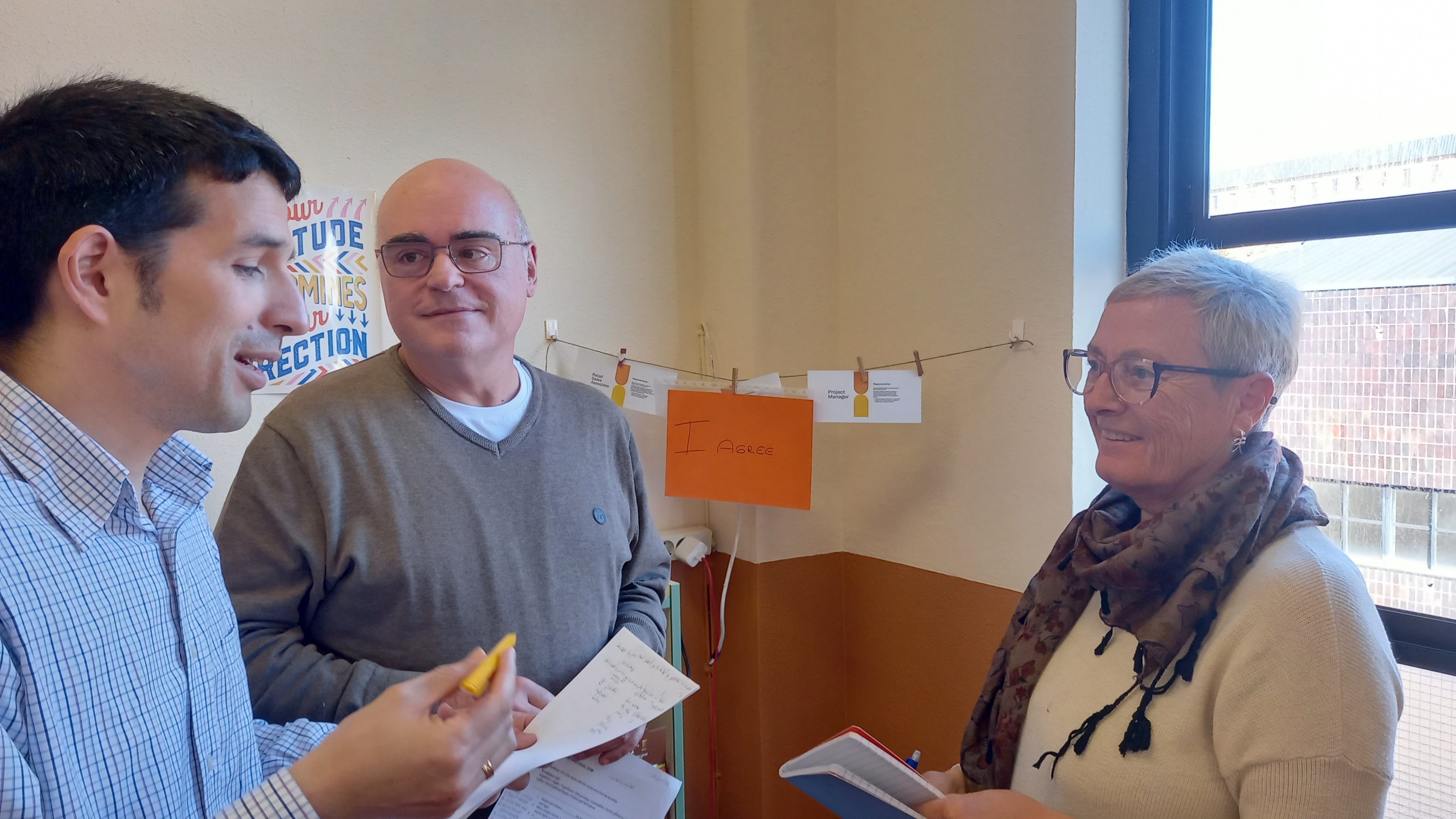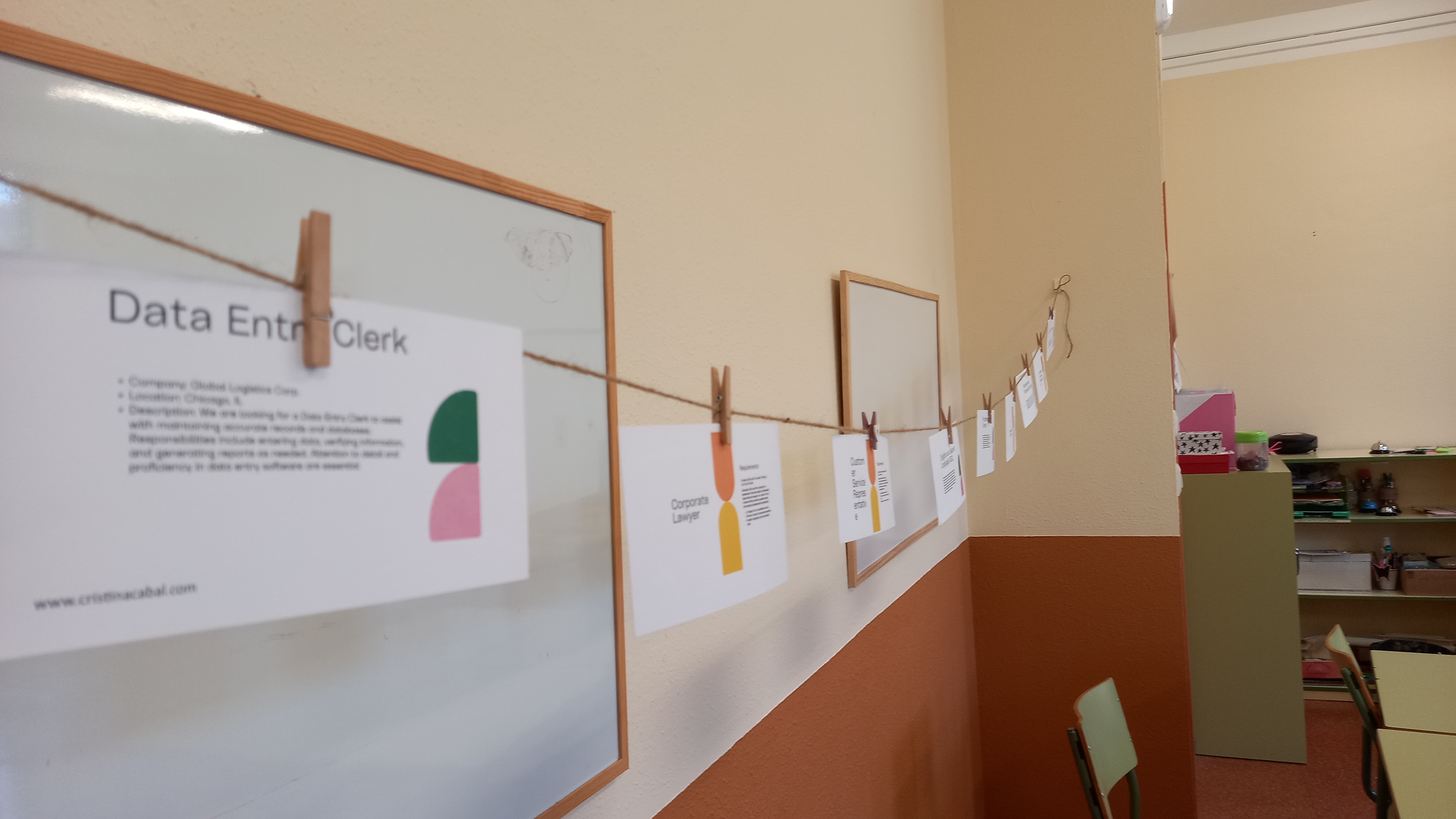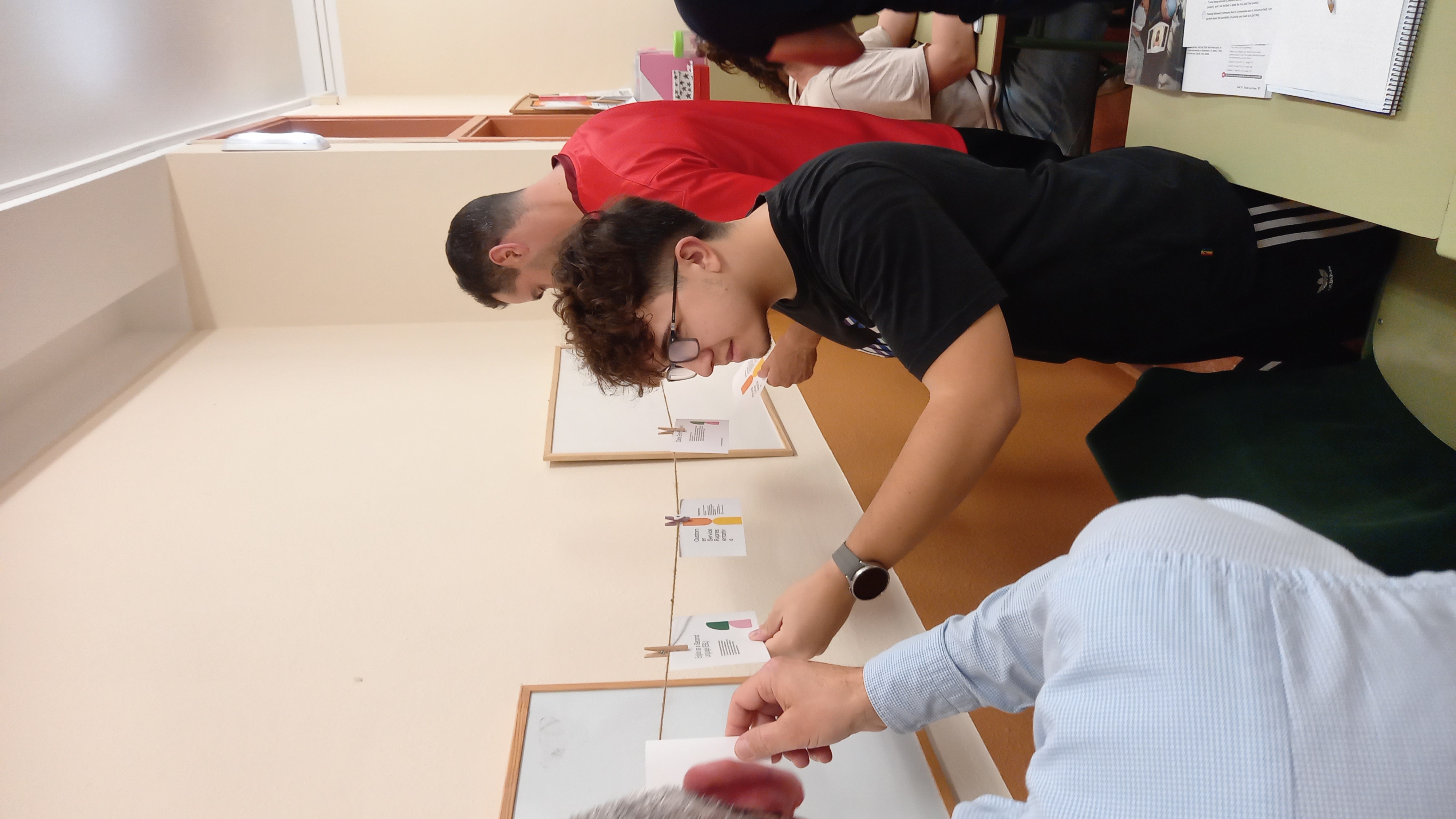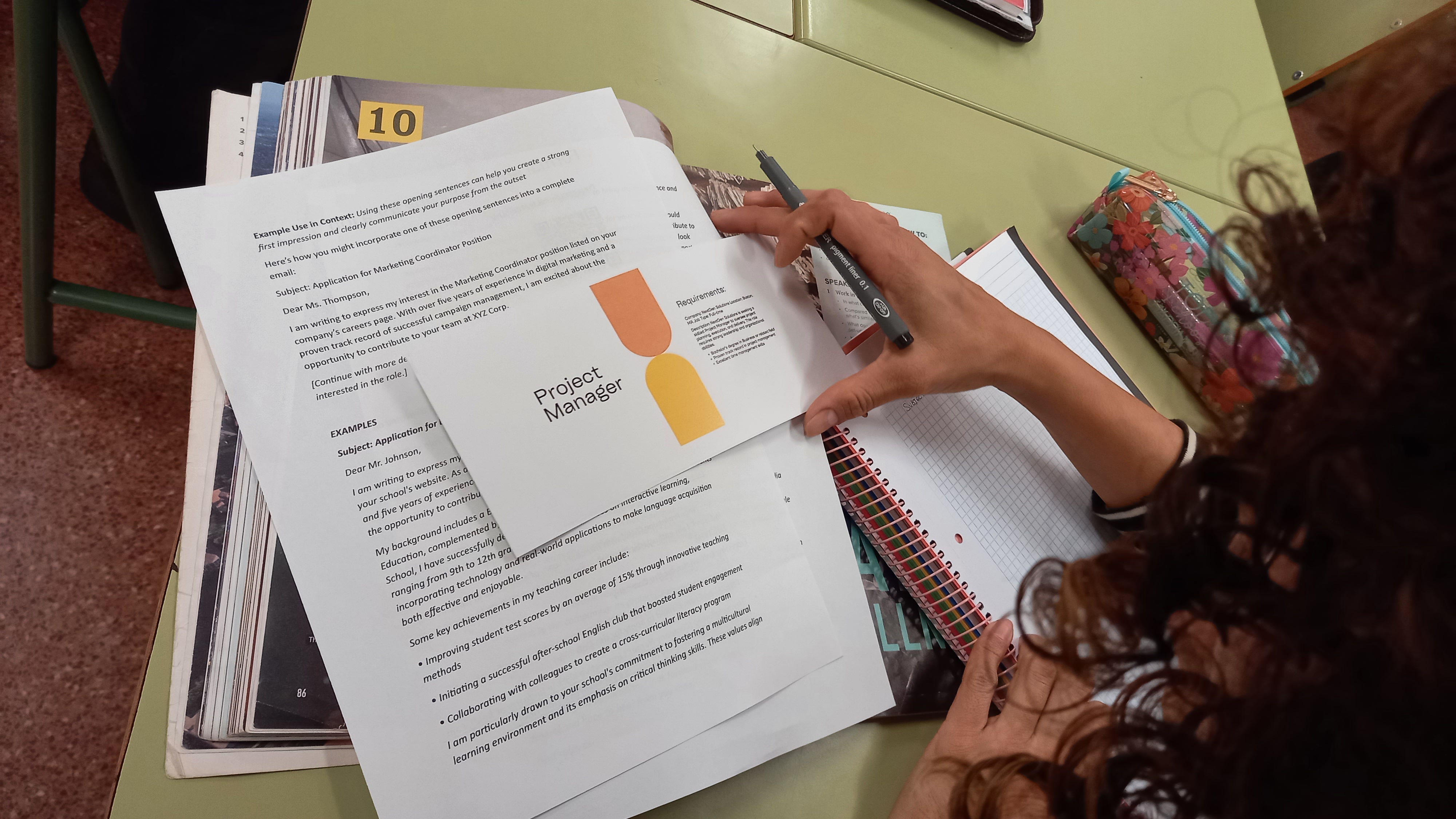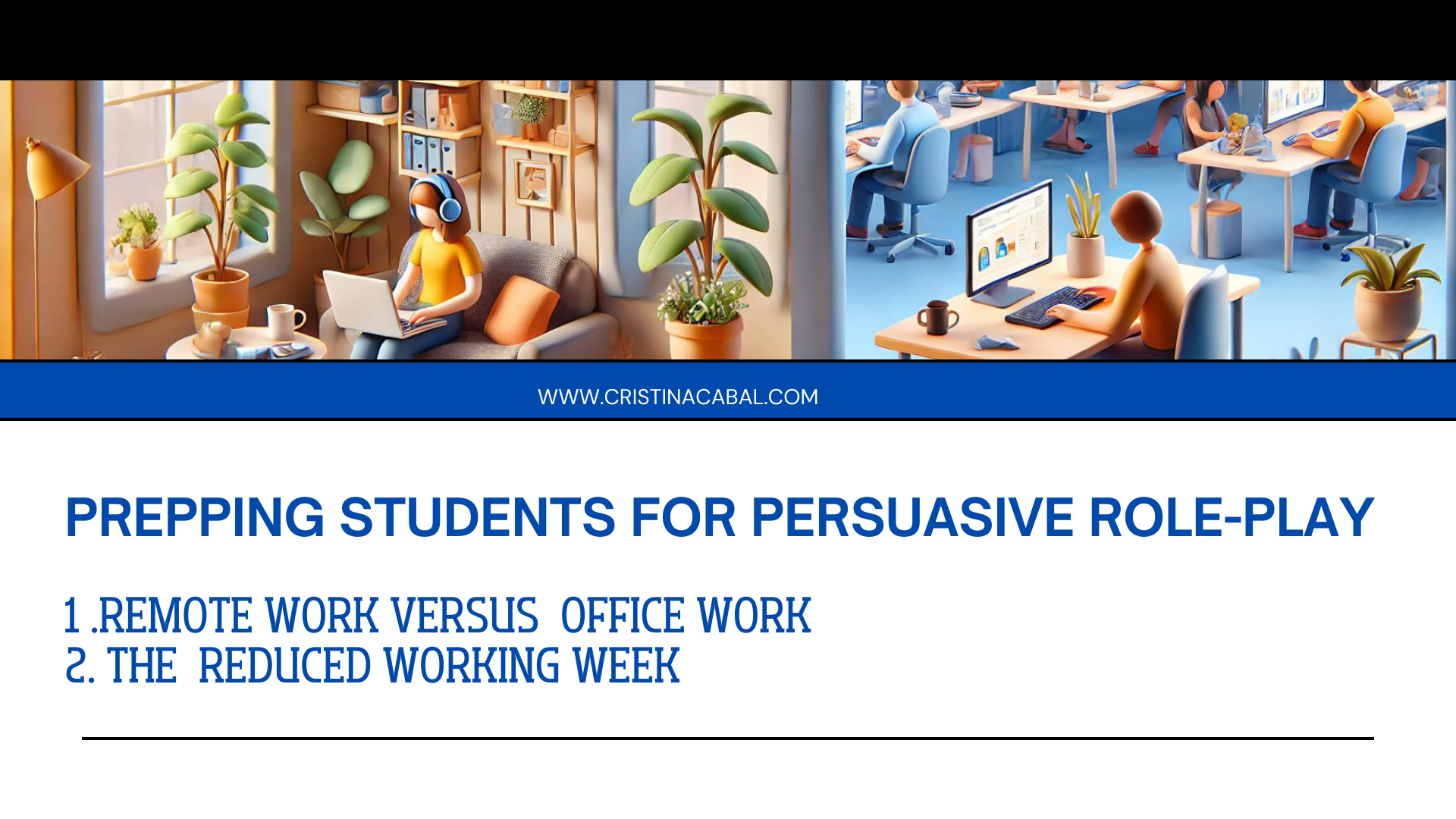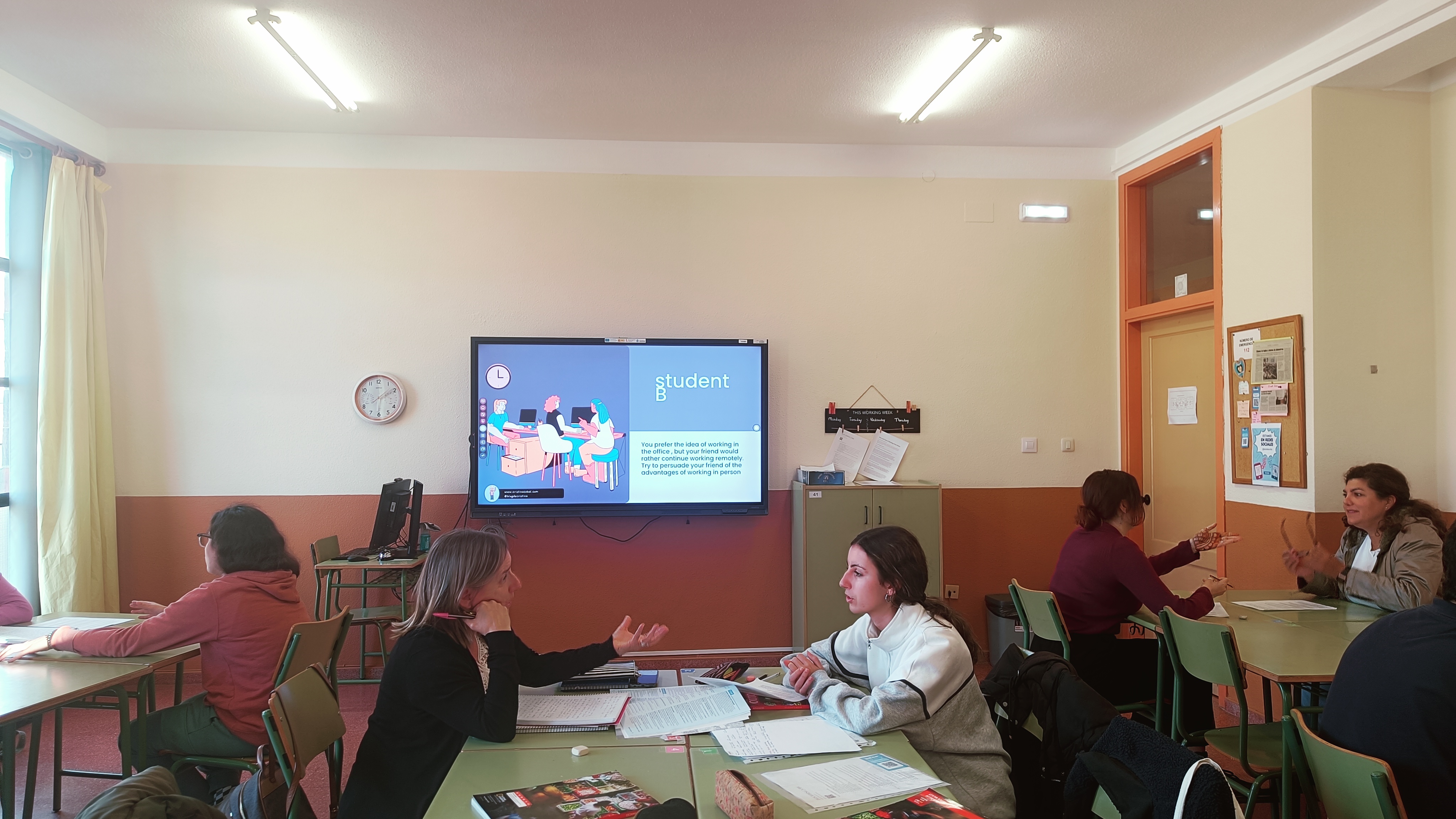I know, teaching students how to write a news article can feel a bit… uninspiring, right? Sure, we’ve all given them the “who, what, where, when, why, and how” spiel and shown a couple of examples. But then comes the big question: how do we make it exciting, hands-on, and memorable?
Picture this: your classroom is buzzing like a newsroom. There’s a clothesline of headlines strung across the room, and students get to pick one that sparks their curiosity. They, then, start writing their stories. Now, what? After that, each student’s headline goes back to the clothesline. Now, instead of just presenting their work, students pick a headline that catches their interest and become the audience for their peers’ stories. Sounds intriguing, right? If I’ve piqued your curiosity, keep on reading and below I’ll explain how this clothesline activity can transform the typical writing exercise into a dynamic and memorable learning experience!

Before we dive in, just a quick reminder: this is Part 3 of our series leading up to writing a complete news story. If you missed Parts 1 and 2, be sure to check them out to catch up on the grammar and writing activities that set the stage for this exciting final step
Step 1: The Theory; a.k.a the uninspiring part.
In the handout,
- I’ll guide my students through the step-by-step process of writing a news article
- Provide two sample activities to get started. It begins like this
Step-by-Step Guide to Writing a Newspaper Article
1.Outline the Article Structure
Draft an outline based on the inverted pyramid structure, where the most critical information comes first. This typically includes:
-
- Headline: A catchy title summarizing the main point.
- Byline: The author’s name and possibly their role.
- Lead Paragraph: The introduction that covers essential details.
- Body paragraphs: Provide details in descending order of importance
- Conclusion: wrap up the story
2. Focusing on the Headline Characteristics
- Always be concise and direct
- Typically use: …
(refer to the PDF)
Step 2: Creating the Prompts for the Fake News Stories. The Beauty of Belnding Old and New
Back in the day, crafting 15 fake news headlines for a lesson? Absolutely not. Too much time, too much effort! But now? With AI, it’s so easy!!!.
I hopped onto Canva and wrote the prompt below—and, in seconds, I had them all. Then, I printed them (yep, old-school paper!), and bam—ready for class.
I want to give my C1 English students news headlines and some details of the story. Students will need to write the news story and be creative. Can you provide me with 15 news headlines and a couple of details about the story using bullet points? They will also be required to use reported speech so some direct quotes from people involved in the story are welcome. Include some fun headlines about EOI Avilés, a state language school in Asturias.
Newspaper headlines de cristina.cabal
Step 3. Fake News on a Clotheslines
Next, I hung the cards on some cute clothesline.
Students stood up, browsed the “news,” and picked their favorite headline -the stories included some hilarious takes about my school, EOI Avilés (those got the biggest laughs).-Then, they got to work writing their stories. I gave them 25 minutes to write their stories. And just like that, you can turn a writing activity into something dynamic and interactive.
While students wrote their fake news stories, I got to work correcting their most important mistakes. It took longer than expected, so I handed out an extra exercise to keep them busy while I finished.
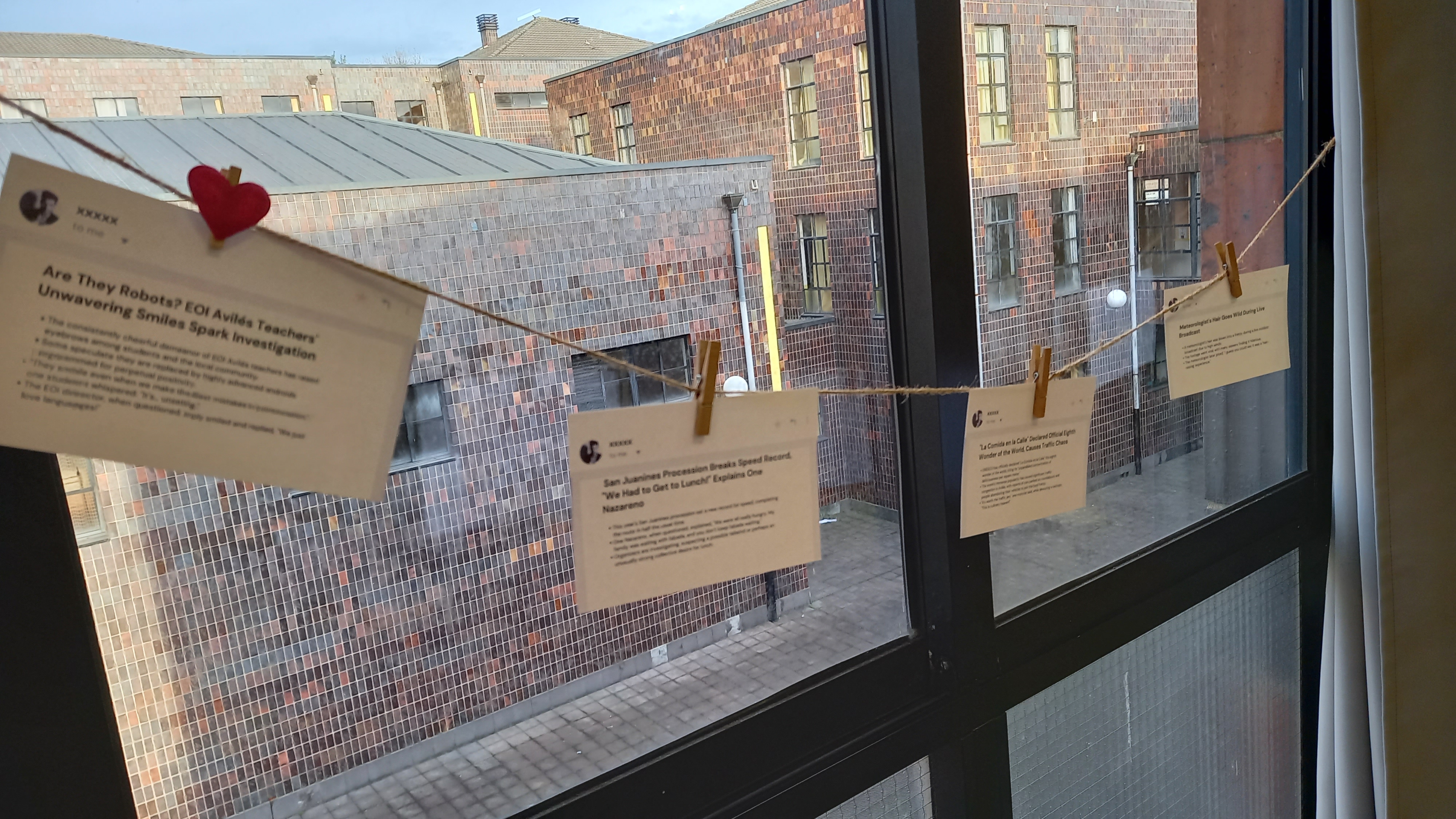
Final Step: Headline Hunt and Story Swap
For the final step, I divided the class into journalists and audience members. The journalists hung their prompts for headlines on the clothesline, giving a glimpse of what their stories were about. I asked the audience members to stand up, browse the prompts, and choose the one they were most curious to hear. OOnce selected, the audience members read their chosen headlines aloud, and the journalists who had written the corresponding stories raised their hands. They then paired up, with the journalists sharing their stories directly with the audience members. While I didn’t ask them to memorize their stories, they were encouraged to speak naturally and avoid reading directly from their texts, making their storytelling more engaging and dynamic.
They, then, changed roles.
FINAL THOUGHTS
This whole process got me thinking about how magical it is to mix traditional teaching methodologies with the innovative power of AI. AI takes care of the boring work—brainstorming, designing, even personalizing content—while I get to focus on the hands-on, human side of teaching. It’s like having a super-efficient assistant who works behind the scenes while I take center stage in the classroom.
And honestly, I think that’s the future of education. It’s not about choosing between AI and traditional methods. It’s about finding that sweet spot where the two complement each other. AI gives us tools to do the heavy lifting, but we still get to add that personal, human touch.
Follow us on



